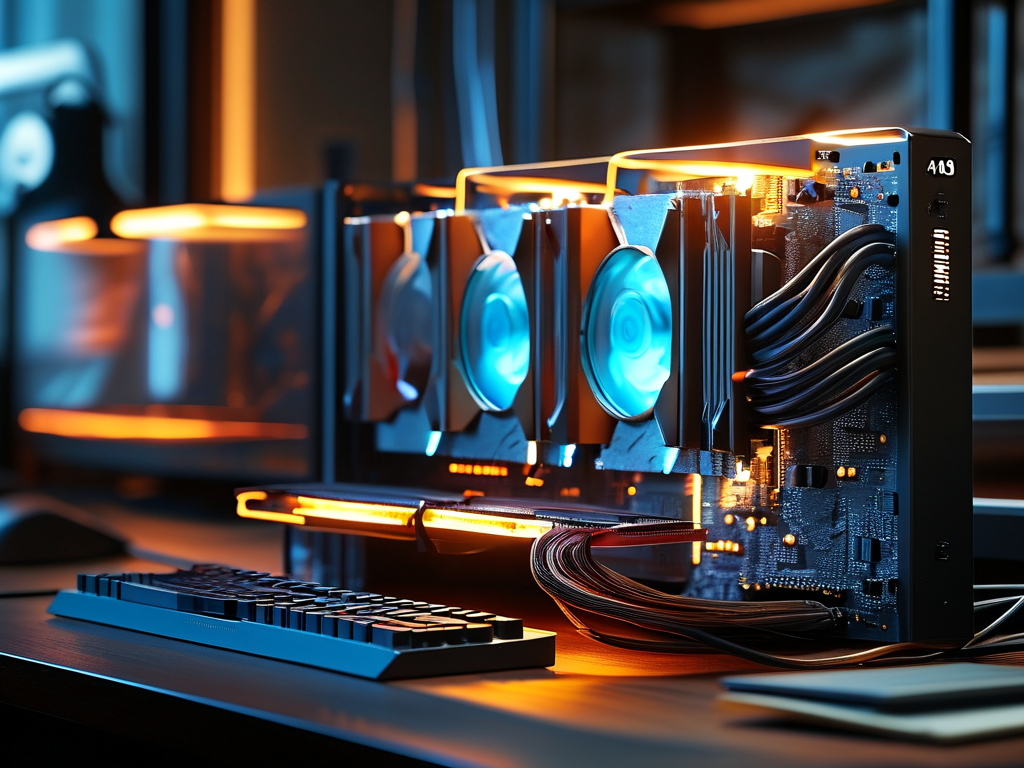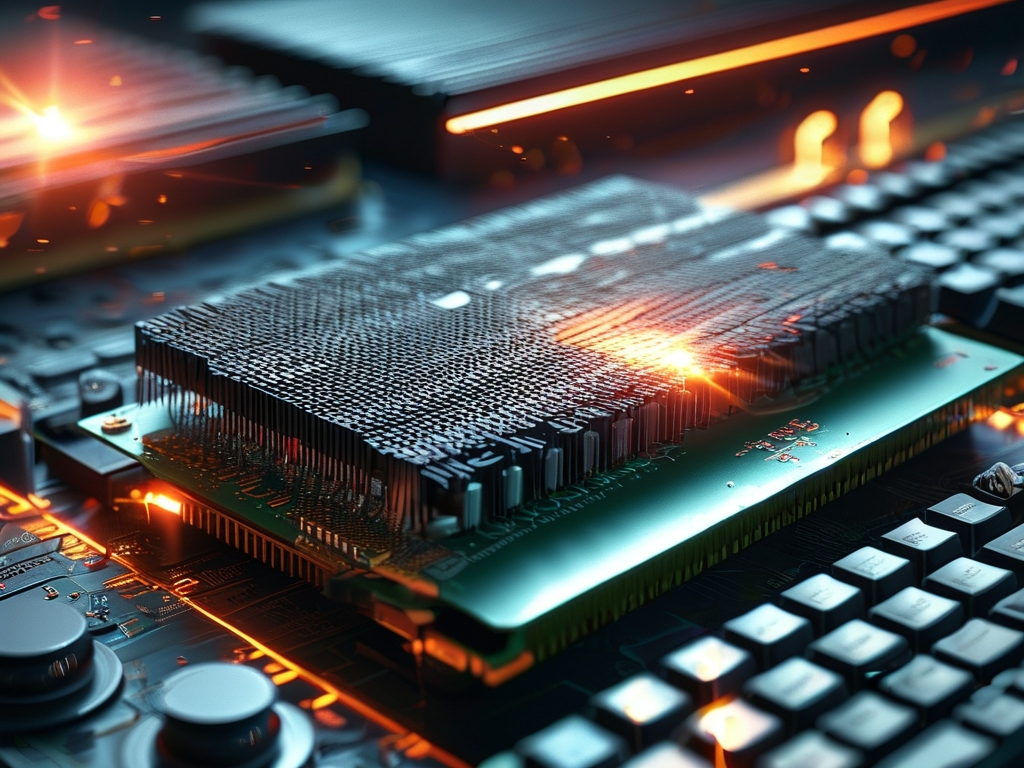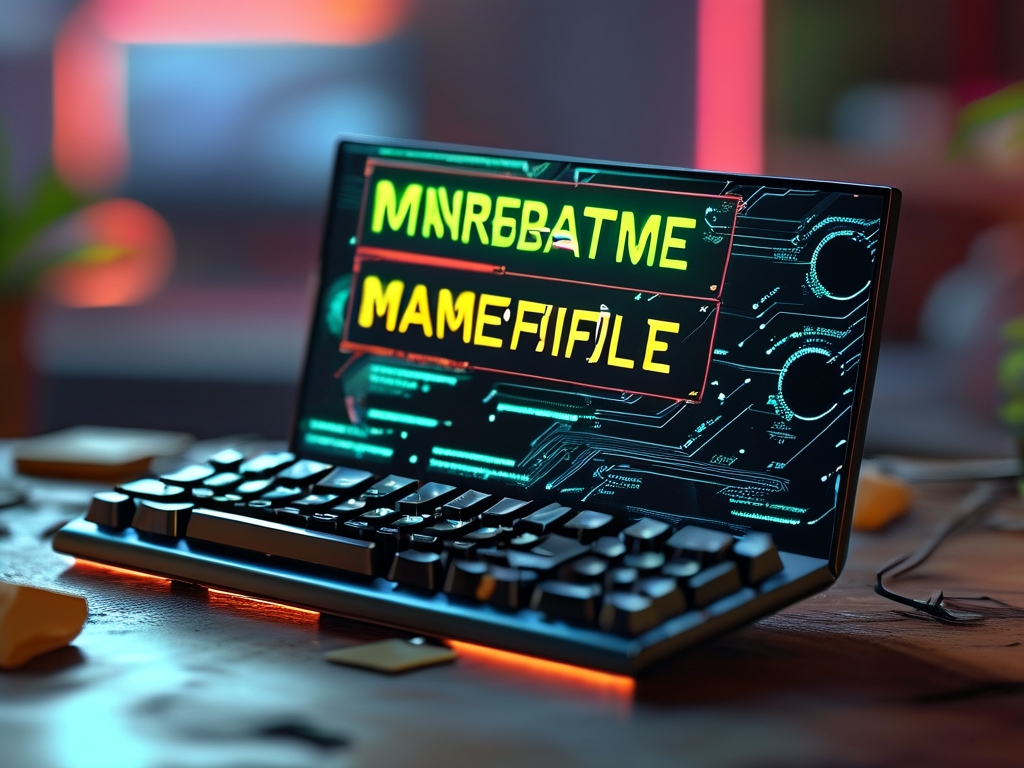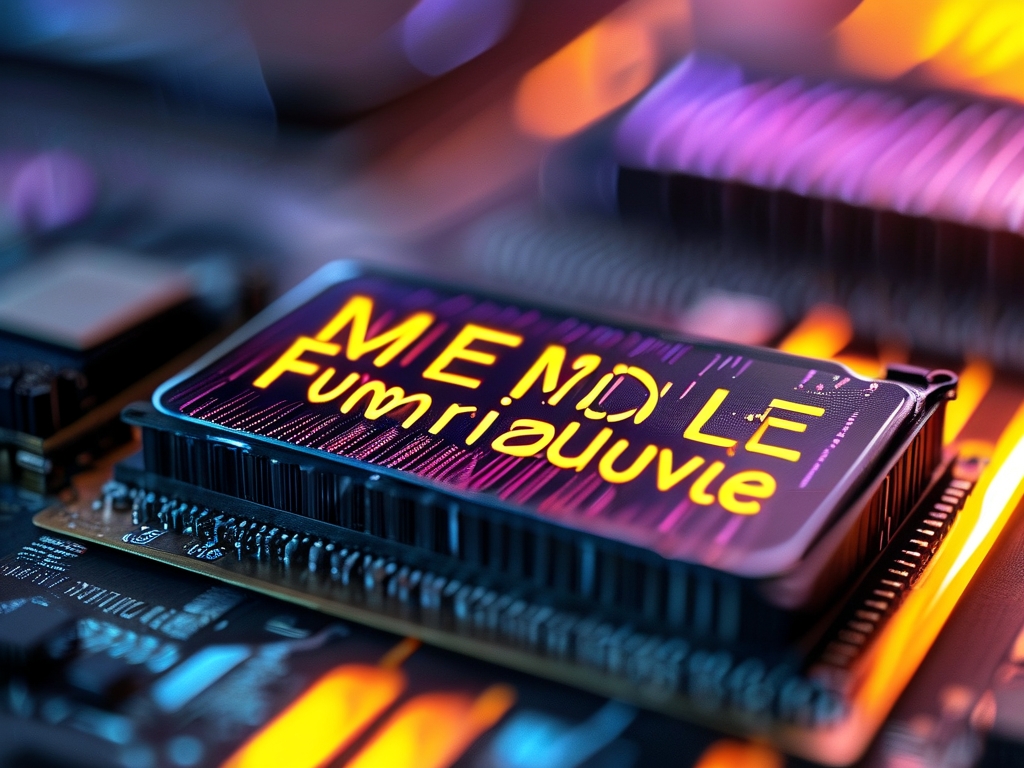Understanding the relationship between memory overclocking configurations and system stability requires both technical knowledge and methodical testing. While no universal formula exists for calculating precise overclocking durations, a systematic approach combining hardware analysis and stress testing provides reliable results. This article explores practical methodologies to estimate safe operational timeframes for memory modules operating beyond factory specifications.

Fundamentals of Memory Timing
Every memory module contains predefined clock cycles governed by its CAS latency (CL), tRCD, tRP, and tRAS values. Overclocking alters these timings by either increasing clock speeds or tightening latency parameters. The critical challenge lies in identifying how these adjustments affect the module's thermal output and signal integrity over extended periods.
Three Core Evaluation Metrics
-
Voltage-Temperature Correlation
Elevated voltage levels directly influence component lifespan. For DDR4 modules, every 0.1V increase beyond 1.35V reduces safe operating duration by approximately 15-20% under identical thermal conditions. Monitoring tools like HWiNFO64 provide real-time voltage-temperature curves essential for establishing baseline parameters. -
Error Rate Accumulation
Memory controllers automatically correct single-bit errors through ECC mechanisms, but sustained error rates above 0.01% per hour indicate impending instability. Open-source utilities like MemTest86 Pro track error patterns through multiple test cycles:
# Sample error tracking logic (conceptual)
def check_error_threshold(error_log):
hourly_errors = sum(error_log[-60:]) # Last hour's errors
return hourly_errors > 0.01 * total_operations
- Signal Degradation Patterns
High-frequency oscilloscope readings reveal waveform distortions that precede physical damage. Look for rising edge deviations exceeding 8% or clock jitter surpassing 50ps – these typically manifest 80-120 hours before complete failure in overclocked DDR4 modules.
Practical Duration Estimation Method
A proven field-tested approach combines accelerated aging simulations with real-world validation:
Phase 1: Controlled Burn-In
Run Prime95 Small FFTs and FurMark simultaneously for 24 hours at target overclock settings. Successful completion indicates basic stability equivalent to 2-3 weeks of normal use.
Phase 2: Cyclic Stress Testing
Alternate between memory-intensive workloads (video rendering, database operations) and idle states in 8-hour intervals. Each completed cycle represents approximately 45-60 equivalent operational days.
Phase 3: Long-Term Monitoring
Deploy custom scripts to log memory metrics during actual usage:
# Linux memory monitor snippet watch -n 60 "dmidecode --type 17 | grep 'Speed' && sensors | grep 'DIMM'"
Maintain this monitoring for at least 72 hours while performing regular tasks. Consistent parameters suggest sustainable overclocking, while gradual metric drift indicates reduced lifespan.
Industry Validation Standards
JEDEC specifications define 1000 hours of error-free operation as baseline stability for industrial applications. Consumer-grade components typically achieve 60-70% of this threshold when moderately overclocked. Advanced users can extrapolate using this formula:
Estimated Hours = (JEDEC Baseline) × (Stock Voltage / Actual Voltage)² × (1 - Timing Reduction %)
Critical Warning Signs
- Sudden BIOS resets during cold boots
- Increasing memory-related blue screen intervals
- Visibly warped heat spreaders
- CRC error counts doubling weekly
These symptoms suggest immediate clock speed reduction or voltage adjustment requirements.
Optimization Techniques
- Apply thermal pads between memory modules and chassis
- Implement fan curves prioritizing DIMM cooling
- Schedule monthly memory recalibration through BIOS
- Use copper-shielded riser cables for better signal preservation
Commercial overclocking platforms like MSI Dragon Center now incorporate machine learning algorithms that analyze historical stability data to predict module longevity. Early adopters report 92% accuracy in lifespan projections when combining automated tools with manual validations.
Ultimately, calculating memory overclocking duration remains part science and part art. Through rigorous testing cycles and intelligent monitoring, enthusiasts can safely push hardware limits while maintaining system reliability. Regular parameter adjustments based on performance data ensure optimal balance between speed gains and component health.





